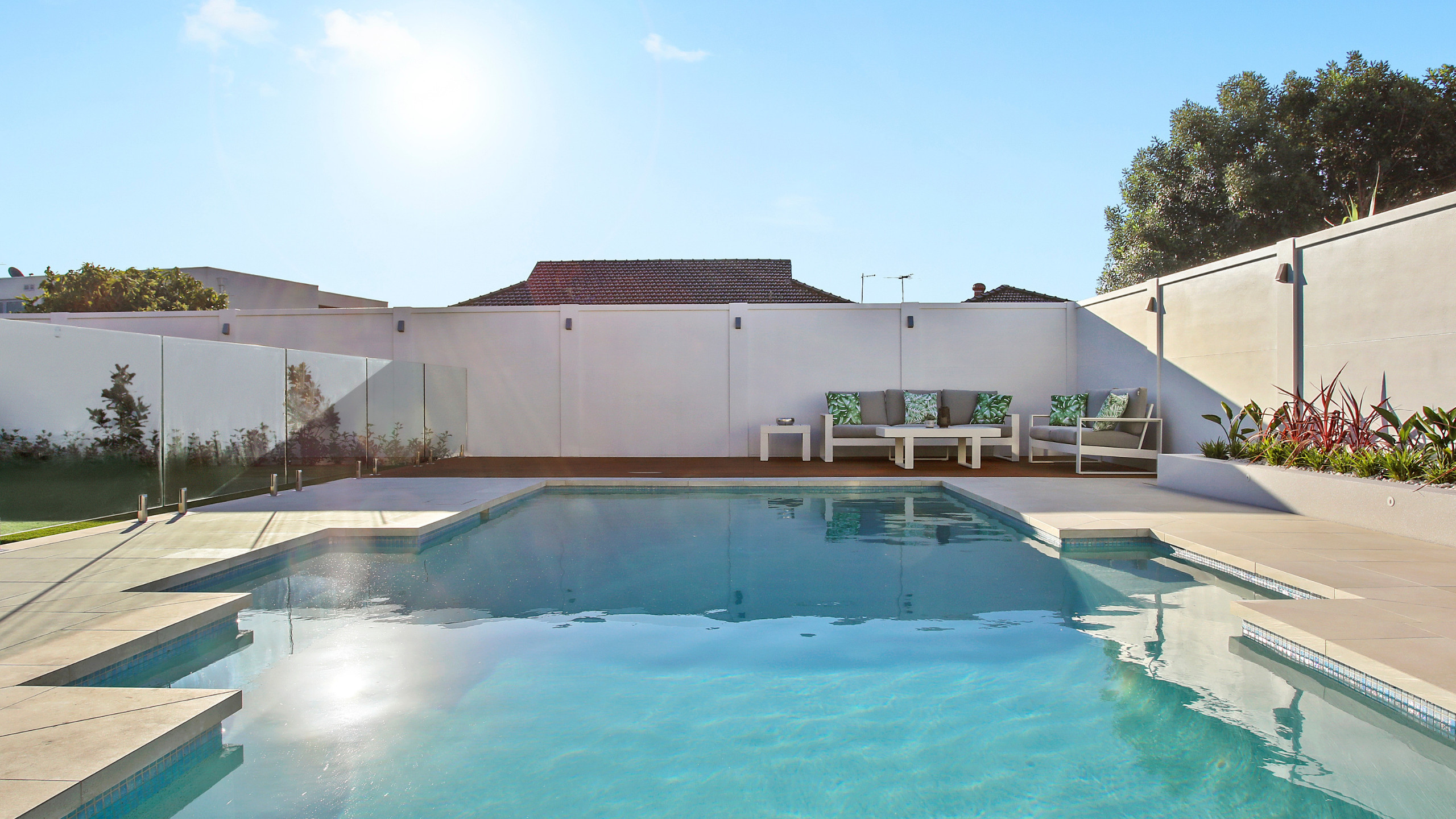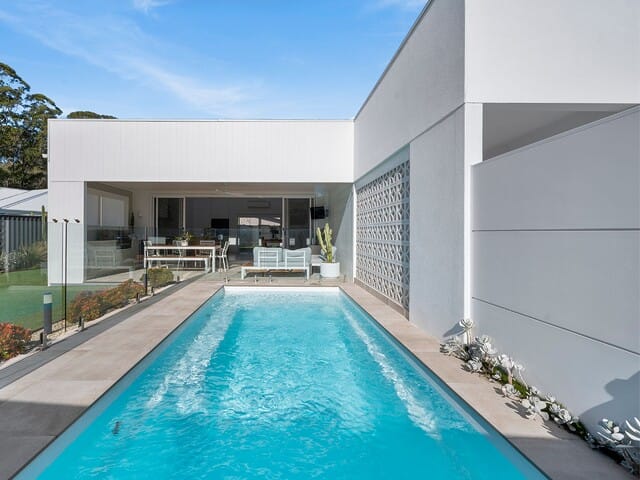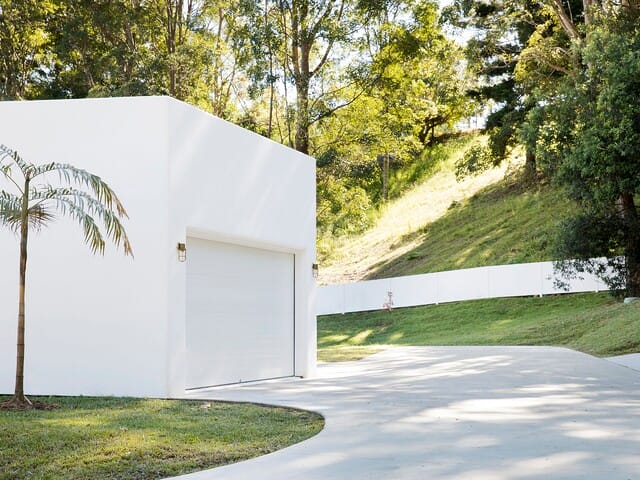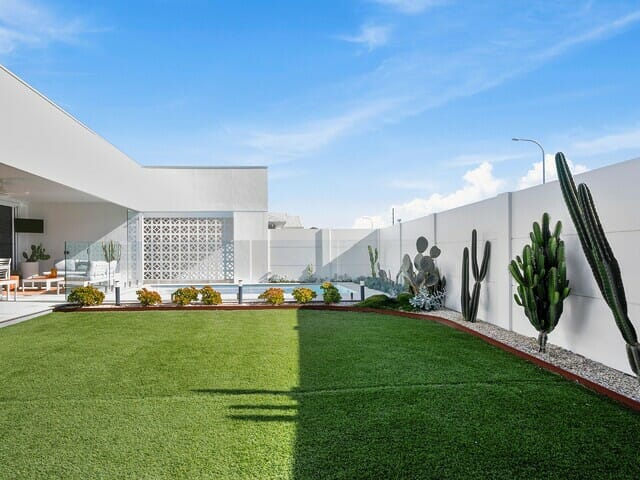How many different types of fencing can you name? Architectural styles and construction materials have advanced so much in the past decade that most homeowners don’t even realise how much choice they have! Go beyond the white picket fence with our comprehensive list of the 10 different types of fencing at your disposal.
ModularWalls


Pros: Modular wall and fencing systems offer a happy medium between premium aesthetics, proven noise reduction, security and affordability. They have the appearance of a rendered masonry wall, for roughly a 1/4 of the cost and installation time. Additionally, you can add features such as integrated retaining, lighting, letterboxes, slats and infills to truly customise your fence!
Cons: In the pricing ladder, modular fencing generally slots in between metal/timber fencing and brick walls, so they are considered a more premium fencing option.
Timber fencing
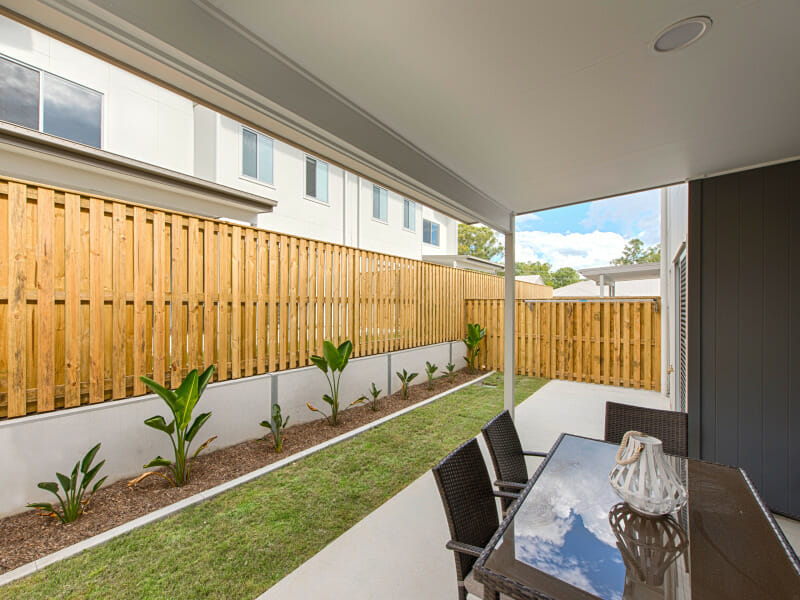

Pros: From decorative picket fencing to standard boundary fences, this classic option is cost-effective and doesn’t take too long to knock up.
Cons: However, timber is also very susceptible to premature aging, rot and termites and requires ongoing maintenance. This option is also not suitable for those in bushfire zones.
For more details, check out our comprehensive timber fencing comparison here!
Metal fences
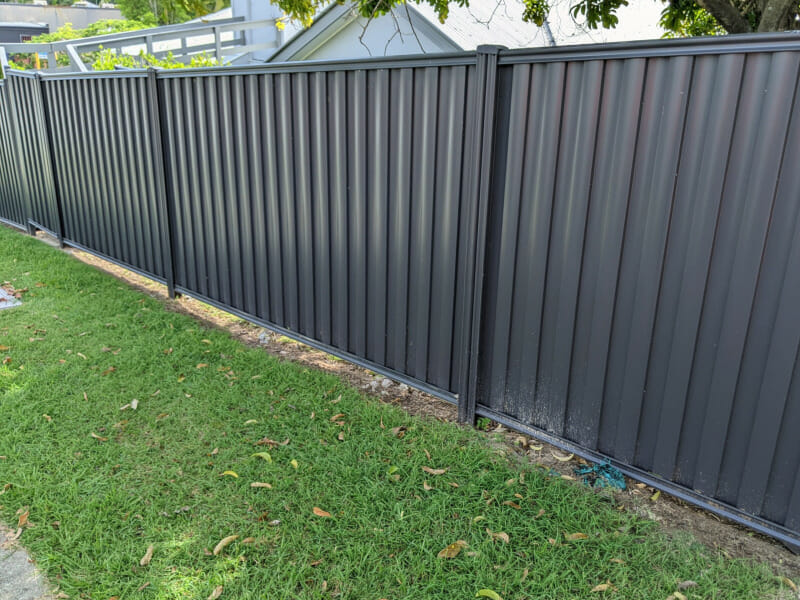

Pros: Metal fences (usually steel) are another popular Australian fencing choice; they can be installed DIY and are a fairly cheap fencing option.
Cons: On the other hand, metal fences have virtually zero noise reduction qualities and can be susceptible to damage, such as dents and rust, especially within coastal areas or poolside applications. Additionally, one colour doesn’t fit all; often, you can end up with 3 different coloured fences in your own backyard.
Find more information in our detailed comparison of metal fencing here.
Brick walls


Pros: The classic premium choice, brick walls offer a grander appearance, heightened security and noise reduction. Rendered walls are especially popular for modern homes, creating a sleek canvas that frames your outdoor space.
Cons: The downsides to brick walls are in the cost and the installation; brick walls require council approvals, straining timelines and budgets. The cost of rendered brick walls is the most expensive option and actually on the rise in a lot of places. Installation is also slow and requires multiple skilled tradespeople, which then drives up the overall cost.
Check out our detailed brick wall comparison here.
PVC fencing
Pros: If you want the classic white picket fence, but don’t want the maintenance, PVC fencing might be for you! Also known as vinyl fencing, this option is made from synthetic plastics, offering increased durability compared to timber.
Cons: Vinyl or PVC fencing is more expensive than timber and is still affected by weather; as PVC expands and contracts with heat fluctuations, it can become brittle and eventually crack, and a build up of mould or mildew can occur over time.
Slat fences
Pros: Slat fencing is quite a stylish fencing option which uses either timber or aluminium slats. This fencing design creates neat, horizontal lines that very much support the lineal values of trending modern architecture.
Cons: They can be quite costly, and the gaps in the slats decrease the amount of privacy and noise reduction it offers.
Glass fencing
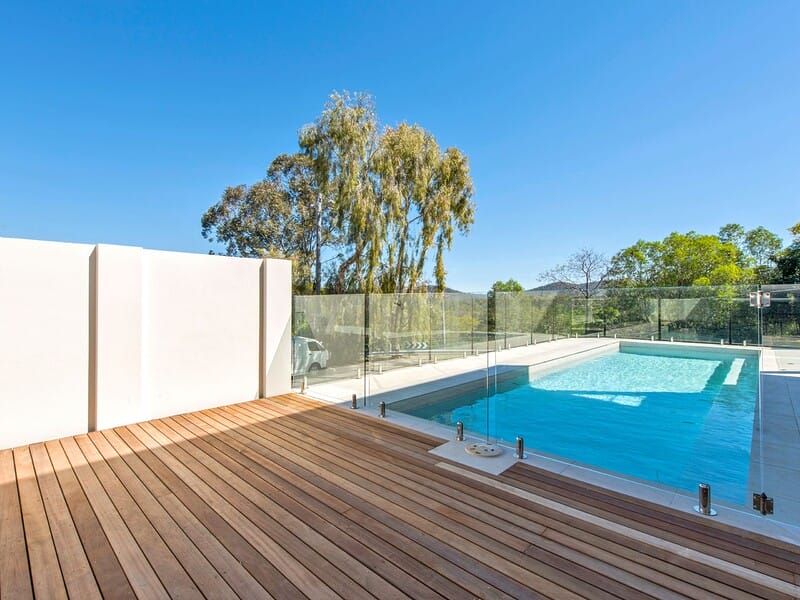

Pros: Used mostly for pool areas or scenic overlooks, glass fencing is a high end option that offers a sleek, elegant aesthetic. This option is perfect for those lucky enough to have stunning waterfront or bush locations!
Cons: As with most premium fencing types, this option can be expensive. It’s often difficult to keep clean and maintain its high end appearance, and for those with kids or pets, this option may feel a bit risky around playful little ones!
Brushwood fences
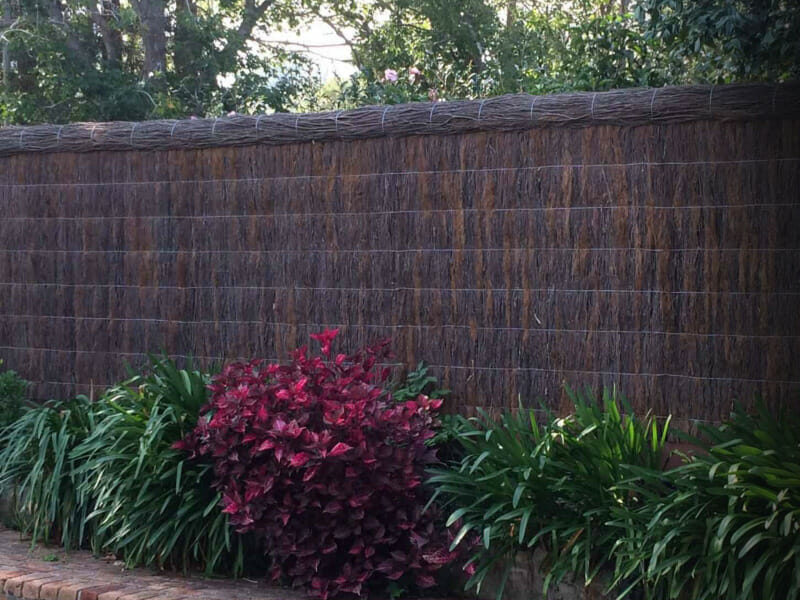

Pros: Natural appearance that lends well to Australian landscapes and can offer slight noise reduction.
Cons: This type of fencing is high maintenance, but not well supported by trade to carry out that maintenance. It’s also ‘termite friendly’ and not suitable for bushfire zones.
Wrought iron fencing
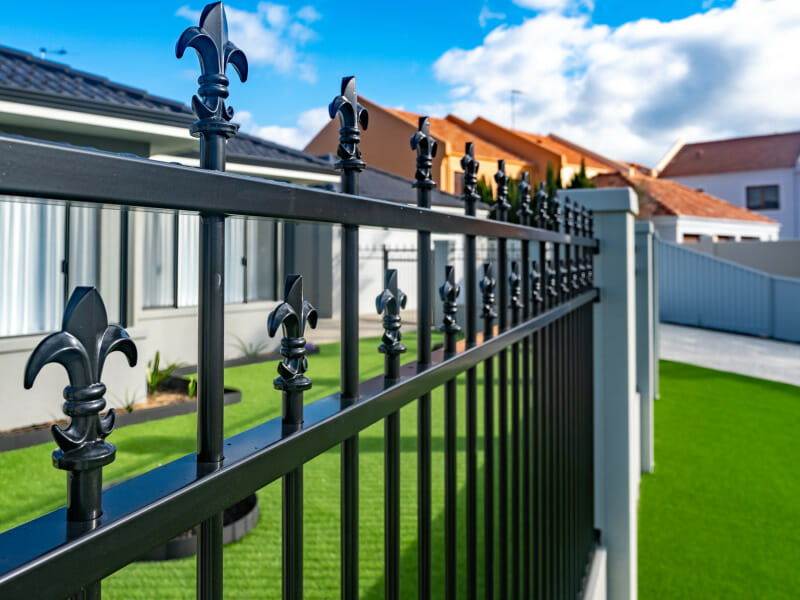

Pros: This decorative style is visually striking and can create a very impressive front or corner boundaries. For homes needing heightened security measures, wrought iron detailing is a common addition to the tops of fence designs.
Cons: Due to the material and the elaborate, ornamental design, wrought iron fences are often quite expensive to install; as such, it is usually used as a decorative element within another fencing option (brick or modular walls). Furthermore, in order to keep a wrought iron fence looking beautiful, you’ll need to carry out regular maintenance.
Chain link or wire fences
Pros: Chain link or wire fencing has been the timeless go-to for rural properties and farm homesteads, or for low fences separating areas of the garden. This option is incredibly cost-effective, DIY-friendly and is easy to repair or replace.
Cons: This fencing type is basically only for boundary demarcation and separating animals from edible gardens; for most homes, this option simply does not offer any privacy, security, noise reduction or aesthetic value.
These 10 different types of fencing range from cheap to expensive, rustic to modern, functional to stylish. If you can’t quite decide how to whittle the choices down, check out our complete guide to choosing the right fencing for your home! There, you can identify key decision makers and priorities such as budget, lifestyle, functions and aesthetic preferences to make an informed fencing decision!
